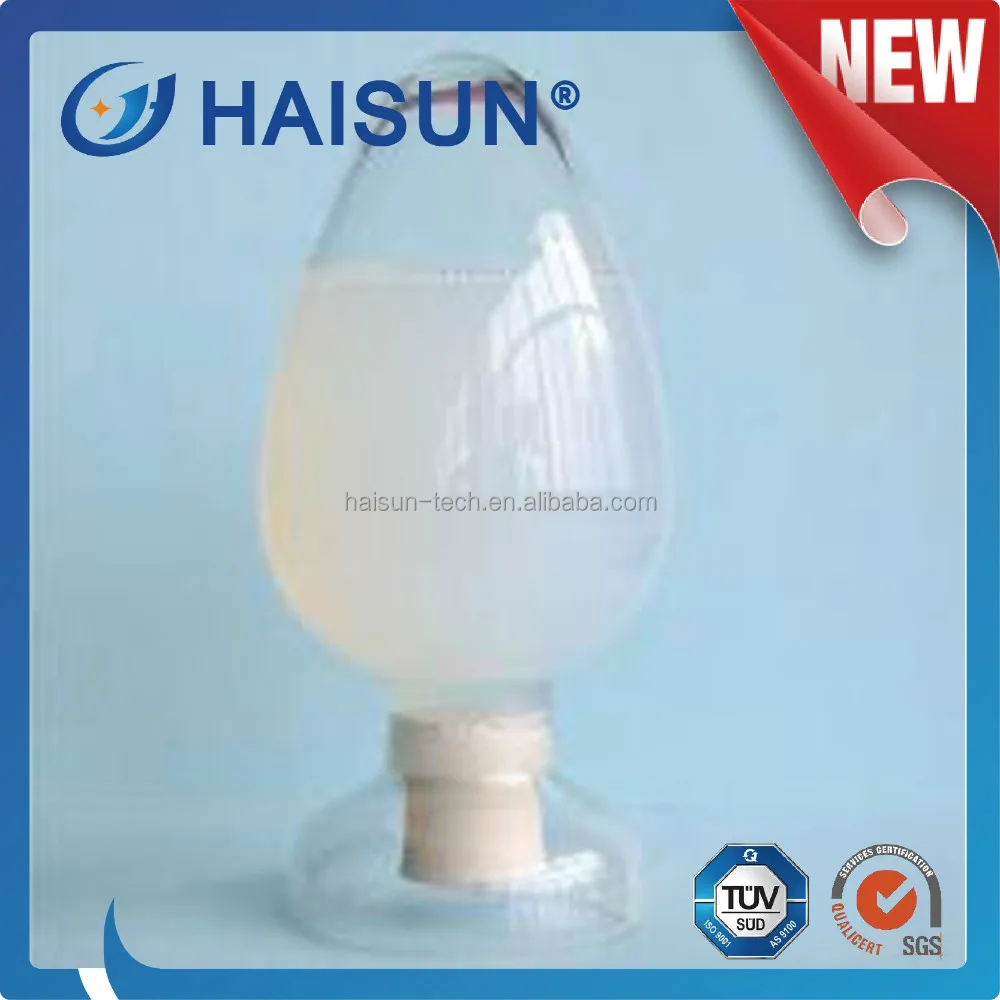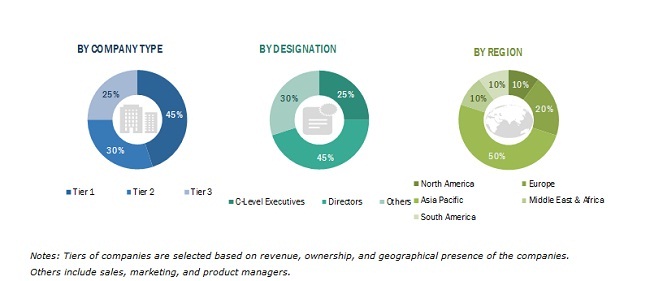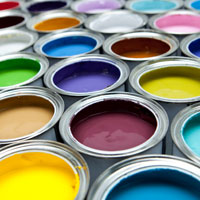
VISCOSITY: In emulsion paints, there is no direct co relation between the viscosity of the emulsion and the viscosity of the final paint. pH: The pH of emulsion can be either acidic or alkaline.ģ. SOLIDS: The solids or polymer content of an emulsion should not be viewed in isolation as the performance is governed not just by solids, but also by its chemical composition as well as particle size.Ģ. The important properties are listed below:ġ.

Important Properties Of Emulsion PolymersĪfter knowing the different kinds of polymers, it is also important to differentiate the various polymers by their properties so that it is possible to identify the most appropriate emulsion for the desired end application. Polymers of this kind represent more than half of the total consumption of polymers used by the developed world.

Styrene- Acrylic copolymers: These combine performance with economy due to their high pigment loading properties, good water and alkali resistance and find application in a wide range of paints for both interior and exterior applications. These too, are quite expensive and can only be justified in better quality paints.ĥ. Pure Acrylic copolymers: Paints based on pure acrylic emulsions are a standard in performance as they have very good pigment binding capacity, excellent water and alkali resistance and form a tough clear film which gives gloss as well as abrasion resistance. But such a polymer can be prohibitively expensive as Veova is a costly monomer which has to be imported into the country.Ĥ. Vinyl acetate – Veova copolymers: When adequate proportion of Veova is used in these polymers, they produce a tough film which has excellent water and alkali resistance. Vinyl acetate – Acrylic copolymers: These are internally plasticised and hence, have better flexibility than pure vinyl acetate homopolymers but these are still not recommended for highly alkaline surfaces.ģ. These are, therefore, no longer in use.Ģ. Vinyl Acetate homopolymers: These produce hard and brittle films which need plasticisation.They cannot be used on exterior, alkaline surfaces as vinyl acetate has a tendency to hydrolyse and ultimately disintegrate in the presence of water. The different types of polymers are as under:ġ. It is important for the paint manufacturer to know the different types of polymers available for paint applications to enable a proper selection for the specific application. TYPES OF EMULSION POLYMERSĬontinuous advancements in emulsion technology have lead to availability of polymers with improved performance capability. Our range of products for the Paint industry include Kamicryl-295 (50% Solids Styrene-Acrylic Copolymer for Interior/Exterior Paints), Kamicryl-3045 (46% Solids Styrene-Acrylic copolymer for Putty/Distemper Paints), Pure Acrylic Emulsion Kamicryl-61 (For High Gloss/Sheen Exterior Paints), among others. Our range of products include Styrene-Acrylic Emulsions & Pure Acrylic Emulsions for the Paint Industry. We are leading manufacturers of Acrylic Polymer Emulsions intended for manufacture of Interior / Exterior Water based Paints. Kamicryl - 295 (50% Solids Styrene Acrylic for Interior / Exterior Paints Paints).Kamicryl - 61 (50% Solids Pure Acrylic for High Gloss Exterior Paints).Kamicryl - 6400 (Acrylic Dispersant for Water based Paints).

Kamicryl - 5360 (Polyacrylic Thickener for Water based Paints).Kamicryl - 5310 (Ammonium Polyacrylate Thickener for Water based Paints).Kamicryl - 3045 (45% Solids Styrene Acrylic for Distemper Paints).


 0 kommentar(er)
0 kommentar(er)
